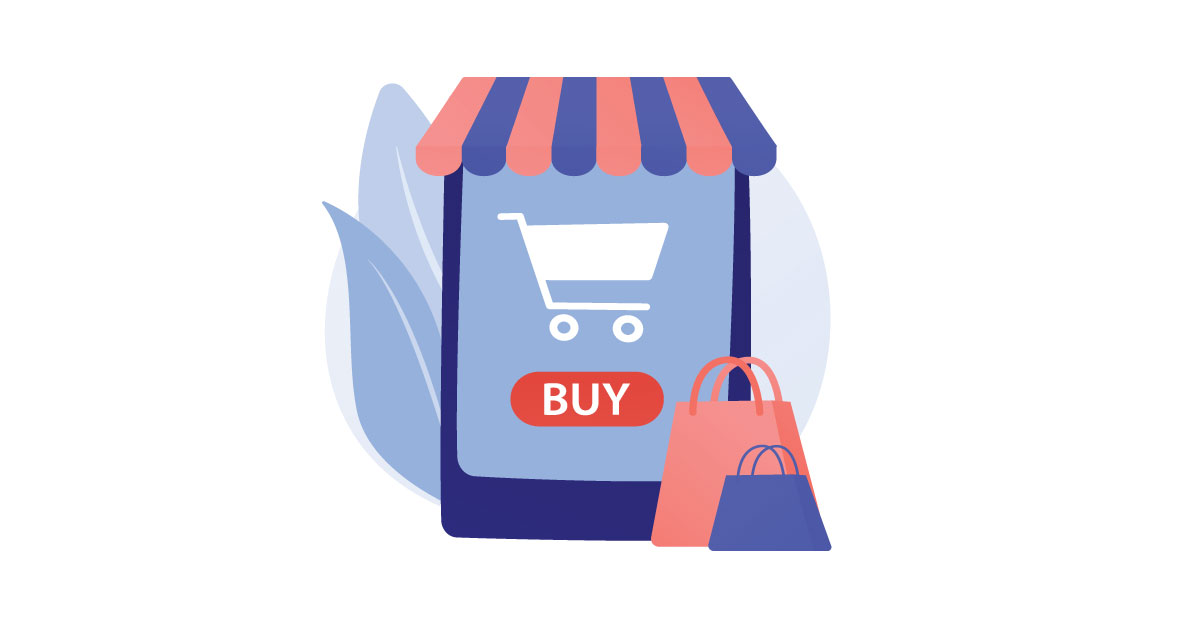Office hours
Mo-Fr 08:00 AM – 16:00 PM
Phone
Address
Hömerichstr. 40
51643 Gummersbach

Take advantage of customers’ increased desire for internet purchasing. In comparison to the previous year, eCommerce revenues for smaller businesses have increased by double digits. Their modern eCommerce website designs are on point and well-optimized for conversion.
And here’s how you can join the rising number of merchants who regularly outperform their annual eCommerce goals.
No matter what sort of eCommerce site is in question, whether it’s a national retail store or a hobby project, the first thing needed is an eCommerce platform to assist in creating the greatest eCommerce shop possible.
A software tool that allows creating an online store and managing its advertising, operations, and management is known as an eCommerce platform.
SaaS solutions provide an eCommerce shop design experience right out of the box. A drag-and-drop visual editor can create a store in a matter of hours. However, there is a cost: restricted flexibility and the inability to add bespoke features.
Open source solutions are like a blank canvas that can be transformed into any type of online store with enough work and time. However, everything is made from the ground up. This necessitates the hiring of a programmer and a designer.
You may select from headless commerce and open source systems like Magento and WooCommerce (technically an eCommerce plugin), as well as SaaS platforms like Shopify, or SaaS website builders like Squarespace and Wix. Such eCommerce systems do not limit design options, allowing for the creation of stunning and distinctive websites.
In any case, whichever shop builder you choose to use to get started, make sure it contains the following features:
If your online store isn’t mobile-friendly, you’ll be missing out on a lot of sales because 46 percent of buyers complete their full purchasing process on their smartphones. A flexible eCommerce platform guarantees that visitors using various devices have an equally positive on-site experience, regardless of design limits.
The concept of “beauty” is very subjective. However, “looks” in web design generally refer to a user-friendly layout, aesthetically beautiful typography, sharp images, and other on-site design aspects that set your shop apart from the competition. If your eCommerce software lacks customization tools and attractive ready-to-use templates, you’ll be forced to follow in the footsteps of hundreds of other companies, with limited space to demonstrate how your brand distinguishes out.
All of the UI components that visitors may utilize to get to particular information on your website are referred to as navigation. The main navigation menu, product category sections, filters, search, and footer are all examples of these. When an eCommerce platform limits a capacity to develop unique navigation pathways, a website might end up nice-looking but unusable, which few consumers will want to use, and the conversion rate will suffer as a result.
Pleasure encourages customers to finish their purchase and then go shopping again. What fires that sense of delight and propels a brand to new heights? The greatest marketing techniques in the world will be useless if your website fails to meet their expectations – a well-considered user experience (UX)
UX is critical in making sure that a website is not just functional, but also intuitive, dependable, user-friendly, and simple to browse. These aspects increase the enjoyment of engaging with it and cause other pleasant things to occur.
Imagine increased conversions, repeat purchases, glowing reviews, and word-of-mouth referrals. So this isn’t something you want to skip over.
Mo-Fr 08:00 AM – 16:00 PM
Hömerichstr. 40
51643 Gummersbach